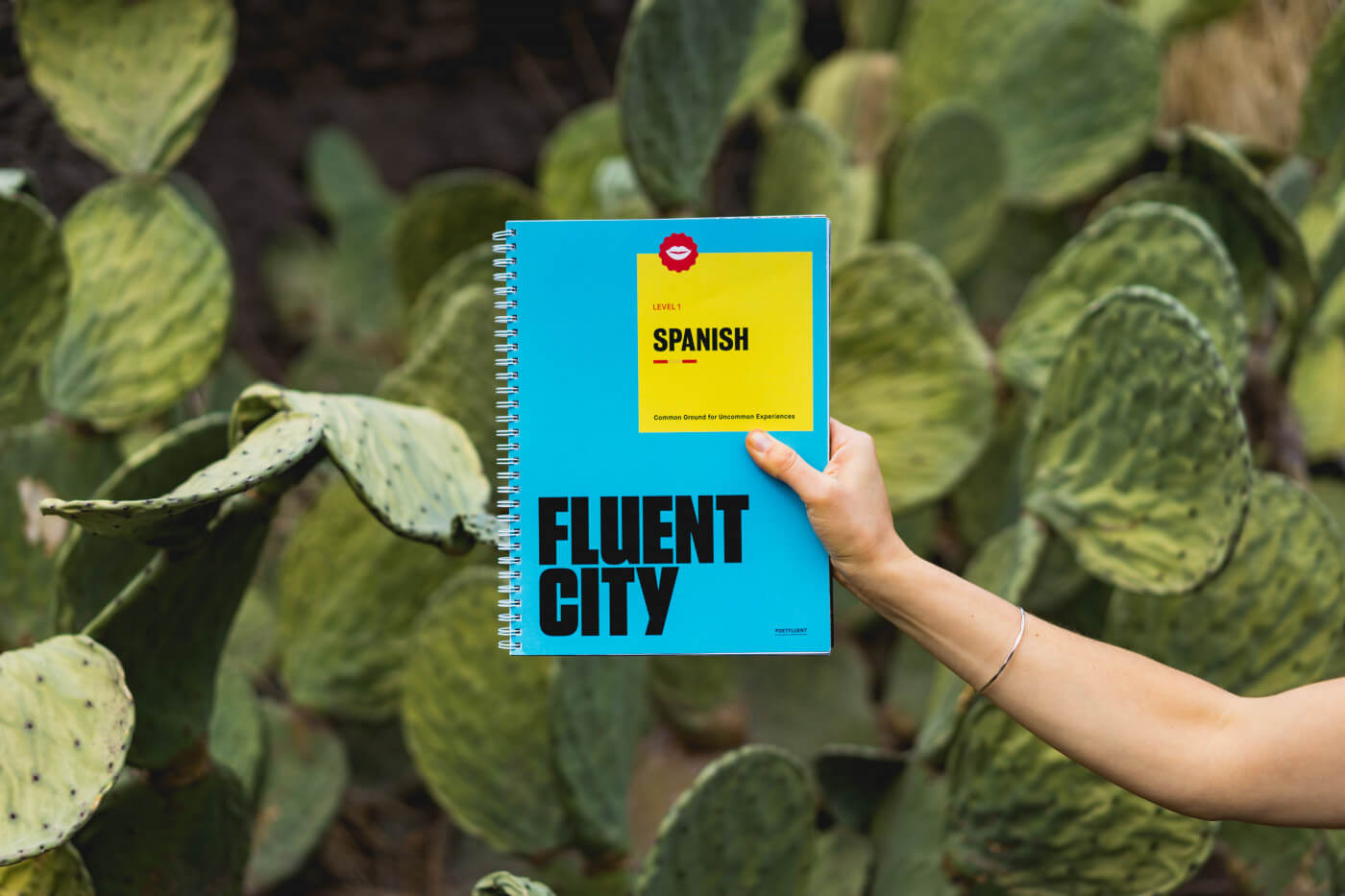40 Unique Ways to Learn a Foreign Language

Learning a foreign language has the potential to be one of the most fun and valuable experiences of your life! If you’ve pictured sitting in a stiff classroom setting, with phrases you’ll never use written on the walls, we’re here to tell you that there are other ways to learn a foreign language. We’ve listed 40 unique ways that you can learn a new language. Whether you are looking to brush up on the basics, pass your university exams, or move to a non-English speaking country and fit in quickly, there’s something on this list for everyone!
Everyday Tasks
These aren’t necessarily tasks you will do every day (although some are brilliant daily tasks), but rather, things you can incorporate into your normal life. There’s something powerful about exposing yourself to a foreign language in your regular routine. For example, spotting a post-it note with a phrase or word you’re memorizing, or utilizing common use words such as “Where is…” or even thinking in your target language. These are all ways to normalize the language you’re learning so you can begin to use it in real life, not just in a learning setting.
- Put post-it notes around your house with words and phrases to learn.
- Write a journal in your target language, starting with one or two lines each day.
- Read a children’s book in your target language.
- Give yourself a list of practical tasks to do in your target language. For example: describe what you are wearing, create an invitation to an event, list as many items of clothing as possible, describe your daily routine, or talk about what you ate last night.
- Learn common use words and phrases like “Where is…”, “Can I have…”, or “How do I…”
- Think in the language you’re trying to learn—this gets easier as you begin to know more than 20 words.
- Create a mini dictionary of essential terms and phrases.
Fun Activities
Learning is fun! Even more so when you’re learning a new language. A brilliant way to solidify the learning you’ve been doing is to pair it with a fun activity. For example, if you’re a foodie, find a recipe written in your target language and attempt to cook a meal (bonus if it’s a traditional meal from a culture that speaks your target language). Another interactive experience to test what you’ve been learning is to host a game night and play games in your target language. Begin by explaining the rules as fluently as you can!
- Create a scrapbook and write descriptions in your target language.
- Cook a meal, following a recipe that’s written in your target language.
- Play games in a foreign language, starting by explaining the rules to the other players.
- Complete a word search in your target language.
Written Challenges
If you’re excited by writing, grab a notebook and pen and get started on these written challenges. There are creative ways you can use writing to learn a foreign language, no matter what level you’re on.
- Each time you sit down for a study session, make a point of using pen and paper to write things down—it’s an excellent memory technique.
- Write a poem or song in your target language.
- Write a letter in your target language, even if it’s just to your future self.
- Translate a news article or children’s story into your target language.
- Write down your favorite phrase of the day and do it every day.
- Choose a topic of your choice and prepare a presentation. Write out your presentation and create a slideshow to go with it!
Audio and Visual Activities
Here’s something for the auditory and visual learners! Not all your foreign language activities need to be written. You can pair up your learning with your favorite TV show or podcast, using this as an opportunity to learn.
- Listen to podcasts and immerse yourself in music in your target language.
- Get hooked on foreign language audiobooks in your target language.
- Listen to radio stations where they speak your target language.
- Watch TV shows, movies, and videos in your target language—start by watching something you’ve already watched and enjoyed in your native language. Using subtitles may help.
- Write a summary of something you watched on TV in your target language.
Go Digital
Incorporate your foreign language learning with your regular online habits! There are brilliant apps you can download to enhance what you’re learning with your tutor, and online communities you can engage with on social media.
- Download a foreign language app like Duolingo, Mondly, Drops, HelloTalk, or Tandem.
- Change your phone’s language settings.
- Download a pocket dictionary app.
- Join and post in a Facebook group for people learning your target language.
- Comment on YouTube videos or social media posts in your target language.
Immerse Yourself
If time and money allow, take yourself on a language holiday where you can fully immerse yourself in the culture and speak your target language with the locals. For those who aren’t able to travel, visit a local restaurant or have a meal with someone who speaks the language you’re learning!
- Be in a place where the language is spoken—go on a language holiday and immerse yourself in the culture.
- Visit a local restaurant that serves the cuisine and have a conversation in your target language.
- Have dinner with someone who speaks your target language—even better if they don’t speak your native language.
- Have a text conversation with a native speaker.
Memory Techniques
When it comes to learning a foreign language, there are brilliant ways to commit new words and phrases to memory. These are techniques your Teach Me 2 tutor will include in your sessions and can help make what you’ve learned stick!
- Start shadowing—listen to audio in your target language and repeat it back.
- Use flashcards for learning numbers, everyday places, greetings, and other basics.
- Try spaced repetition—select a phrase and repeat it at increasing intervals.
- Pair up new words with pictures.
- Practice “stacking” new words by grouping together related terms.
- Create fun mnemonics to remember tricky words and phrases.
- Teach someone else—the best way to test your knowledge is to teach someone else!
Learn from the Pros
Whether you are studying for a foreign language exam, moving to a non-English speaking country, or simply taking a hobby more seriously, there’s merit to taking on the help of a qualified educator or tutor.
- Join a language class and make new friends who are learning your target language.
- Get a tutor—Teach Me 2 Tutors will create a curriculum suited to your needs and level of learning. We offer English Tutors, Afrikaans Tutors, Zulu Tutors, French Tutors, Spanish Tutors, and many more. All tutors are available online. Tutors provide a personalized approach that goes beyond traditional language learning textbooks!
Related Articles

Which Languages Are Easiest To Learn?
So you’ve decided to learn a new language? Well done! A great first step is to select the language you’d like to begin speaking. You may be wondering which languages are easiest to learn and today we’re going to share with you our top 9!
Read More

Which Languages Are Hardest To Learn?
Learning a new language is an exciting opportunity to expand your knowledge and awaken your creativity. Many people set out by searching for the easiest languages to learn, which we covered in this post, while others are after more of a challenge.
Read More

How to Write a Winning Scholarship Essay
Writing about yourself and listing your achievements and goals can feel daunting! If you want to write a winning scholarship essay that will set you apart from the others in the pile, take a look! (read more)
Read More

We help families find their perfect tutor
Help your child improve their grades and get their confidence back.
GET A TUTOR